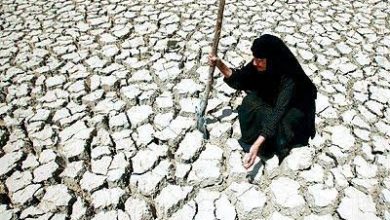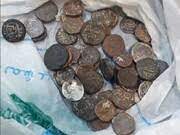
“Jahra As-Sabah”… The City of Oil and Culture in Ahwaz
The city of “Jahra As-Sabah,” located approximately 90 kilometers northeast of the capital Ahwaz, is home to numerous historical sites that reflect the identity of the Arab State of Ahwaz under occupation and its rich cultural history.
The Persian occupiers renamed the city as “Haftkel.” It encompasses the largest oil field, stretching 34 kilometers in length and 4 kilometers in width. Oil exploration in this field began in 1927 by the British Petroleum, currently producing 26,000 barrels of crude oil per day.
Prominent Arab Tribes :
Among the prominent Arab tribes among the Arab people of Ahwaz in the city are the Bani Na’ama, Zubeid, Al-Boufaitileh, Al-Rawashid, Awfi, and Bani Saeed tribes.
The population of “Jahra As-Sabah” was 22,633 inhabitants residing in 4,711 residences. This region is divided into two towns: the central town and the Raqayah town, forming the single urban entity of “Jahra As-Sabah.”
Historical Landmarks :
The historic Al-Zayt bathhouse has been registered on the national monuments list of the Arab State of Ahwaz under occupation due to its national significance in the industrial sector. Its history dates back to the Qajar era and includes separate sections for men and women. It is one of the most famous landmarks in the city of “Jahra As-Sabah,” located 55 kilometers from the capital Ahwaz.
Additionally, seven other historical sites in the city of “Jahra As-Sabah” have been listed, including the residence of Murtadha Qulikhani Sameemi Shaman Laleh, the Safid mosque, the Azadi cinema, and the Sirtiuk Al-Uwai mosque.




